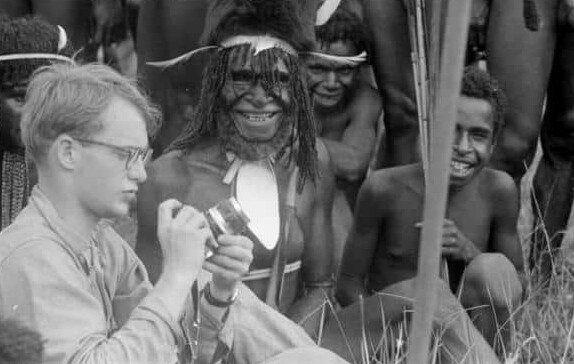In 1961, a scion of the Rockefeller family came to a macabre end in New Guinea. For decades, it was assumed that he had drowned at sea when his boat swamped and was overturned. Recent research, however, demonstrates that he was killed onshore and eaten by local cannibals. Below are thirty things about that and other macabre but lesser-known facts from history.

30. A Promising Scion of America’s Richest Family
Michael Clark Rockefeller was born in 1938, a son of future New York Governor and US Vice President Nelson Rockefeller. He was also a great-grandson of business magnate John D. Rockefeller whose wealth, when adjusted for inflation, makes him the richest American of all time. Michael was thus among fortune’s favorites, with the world at his feet, green pastures all around, and unlimited horizons. For a scion of plutocrats, he was not a spoiled trust fund brat who coasted on the family wealth, but instead showed promise and a desire to leave his own mark.
He attended the Buckley School and the elite Philip Exeter Academy, America’s most prestigious prep school, where he excelled as a varsity wrestler. He continued his education at Harvard, where he graduated cum laude with a degree in economics and history. Then in 1960, although medical exemptions were easily obtainable at the time to get the sons of the rich out of the draft, he did a stint as a lowly private in the US Army. Unfortunately, as seen below, all that promise and potential came to a macabre end in 1961, when Michael Rockefeller was killed and eaten by New Guinea cannibals.

